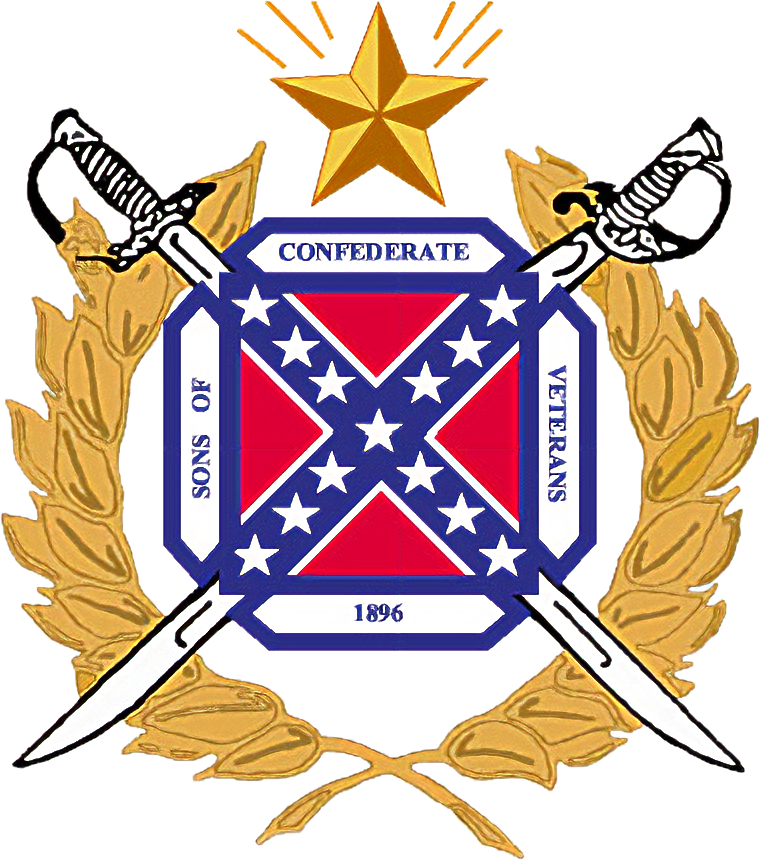Today is Palm Sunday, the day on which Jesus rode into Jerusalem on the back of a young donkey. This day has been described by Christians for generations as the “triumphal entry into Jerusalem.” So, if this is such a glorious Sunday for all Christians, what goes wrong by Friday that Jesus will find himself betrayed by one of his own disciples, arrested by the high priest’s guard, accused by a coalition of religious leaders, tried by the Roman governor, and sentenced to die the death of a common criminal?
Most people do not know that Jesus’ procession into Jerusalem was not the only procession the city saw that day. In the year 30 AD, Roman historians record that the governor of Judea, Pontius Pilate, led a procession of Roman cavalry and centurions into the city of Jerusalem.
Imagine the spectacle of that entry. From the western side of the city, the opposite side from which Jesus enters, Pontius Pilate leads Roman soldiers on horseback and on foot. Each soldier was clad in leather armor polished to a high gloss. On each centurion’s head, hammered helmets gleamed in the bright sunlight. At their sides, sheathed in their scabbards, were swords crafted from the hardest steel; and, in their hands, each centurion carried a spear; or if he was an archer, a bow with a sling of arrows across his back.
Drummers beat out the cadence of march, for this was no ordinary entry into Jerusalem. Pilate, as governor of the region which included not only Judea, but Samaria, and Idumea, knew it was standard practice for the Roman governor of a foreign territory to be in its capital for religious celebrations. It was the beginning of Passover, one of the few Jewish festivals that the Romans allowed. However, the Romans must have been aware that this festival celebrated the liberation of the Jews from another empire, the empire of Egypt.
So, Pilate had to be in Jerusalem. Since the Romans had occupied this land by defeating the Jews and deposing their king about 80 years before, uprisings were always in the air. The last major uprising, long before Pilate’s time, had been after the death of Herod the Great in 4 BC.
The uprising started in Sepphoris, about 5 miles from Jesus’ boyhood home of Nazareth. Before it was over the city of Sepphoris, the capital of Galilee, and the town of Emmaus had been destroyed by the Roman army.
After putting down the rebellion there, the Romans marched on Jerusalem. After pacifying the city, they crucified over 2,000 Jews who were accused of being part of the rebellion. The Romans had made their intolerance for rebellion well-known. And so on this occasion, Pilate had traveled with a contingent of Rome’s finest from his preferred headquarters in Caesarea-by-the-Sea, to the crowded, provincial capital of the Jews, Jerusalem.
The Temple would be the center of Passover activity. Antonia’s Fortress, the Roman garrison built adjacent to the Temple compound, would serve as a good vantage point from which to keep an eye on the Jews. Pilate’s entry into Jerusalem was meant to send a message to the Jews, and to those who might be plotting against the empire of Rome. The spectacle was meant to remind the Jews of what had happened the last time there was an uprising. And, it was meant to intimidate the citizens of Jerusalem themselves, who might think twice about joining such a rebellion if it was slated to fail.
But I said this was a day of two processions, so let’s get back to Jesus and his entry into Jerusalem. If Pilate’s procession was meant as a show of military might and strength, Jesus’ procession was meant to show the opposite. Both Matthew and Mark record Jesus’ own words, as he instructs his disciples to go in to the city and find a donkey tied up. They are to ask the owner if they may use the donkey, and they are to say that “the Lord needs them.”
Then, Jesus quotes from the 9th chapter of Zechariah –
Say to the Daughter of Zion,
“See, your king comes to you,
gentle and riding on a donkey,
on a colt, the foal of a donkey.”
The two processions could not be more different in the messages they convey. Pilate, leading Roman centurions, asserts the power and might of the empire of Rome which crushes all who oppose it.
Jesus, riding on a young donkey, embodies the peace and tranquility that God brings to His people.
Those who watch that day will make a choice. They will either serve the god of this world, or they will choose to serve the king of a very different kind of kingdom, the kingdom of God.
A contrast between kings and kingdoms was on display that day in Rome. And, although many of the common people thought they sided with Jesus, they did so for the same reasons the Pharisees and others sided with Rome. They thought Jesus could do for them what Rome had done for their rulers—make their lives better, deliver them from the oppressive system under which they lived and worked, and turn the tables on the Romans.
That’s why the crowd turns on Jesus by the end of the week. They don’t think he’s going to do any of those things. And, in addition, Jesus is going to make life worse for them, not better. Their religious leaders, all of them, who never agree on anything, agree that Jesus is going to attract the attention of the Roman empire, especially during Passover, and Rome will come down fast and hard on the entire nation.
So, when Jesus is accused, when he is brought by Pilate before the angry mobs, they want to be rid of him. Jesus, in their minds, never did what they wanted him to do. He never defeated the Romans, he never dissolved the unfair tax system, he never put common people in charge of the government, and furthermore, he never would.
To appease the crowds that swelled the city of Jerusalem, Pilate had the custom of releasing prisoners, many of whom were political prisoners. But on this last week in the life of Jesus, Pilate offers the crowd a choice between Barabbas, a known robber, and Jesus, a failed Messiah. Fearing that if Jesus were released, he would start all over again, the crowd begged for Barabbas to be released, and for Jesus to be executed. And not just by any means, “Crucify him” was the cry. Because crucifixion was the one form of capital punishment that would show Rome the Jews were completely loyal, and would humiliate Jesus, even in death.
Now, ask yourself, “If I had been in Jerusalem that day, and had seen both processions passing by, which would I have chosen to follow?”
Because that is the choice we make each day. To choose power and might over love. To choose “the way things are done” over “the way God intends them to be.” Two processions. Two theologies. Two choices. Which would you choose? What kind of king do you expect?

